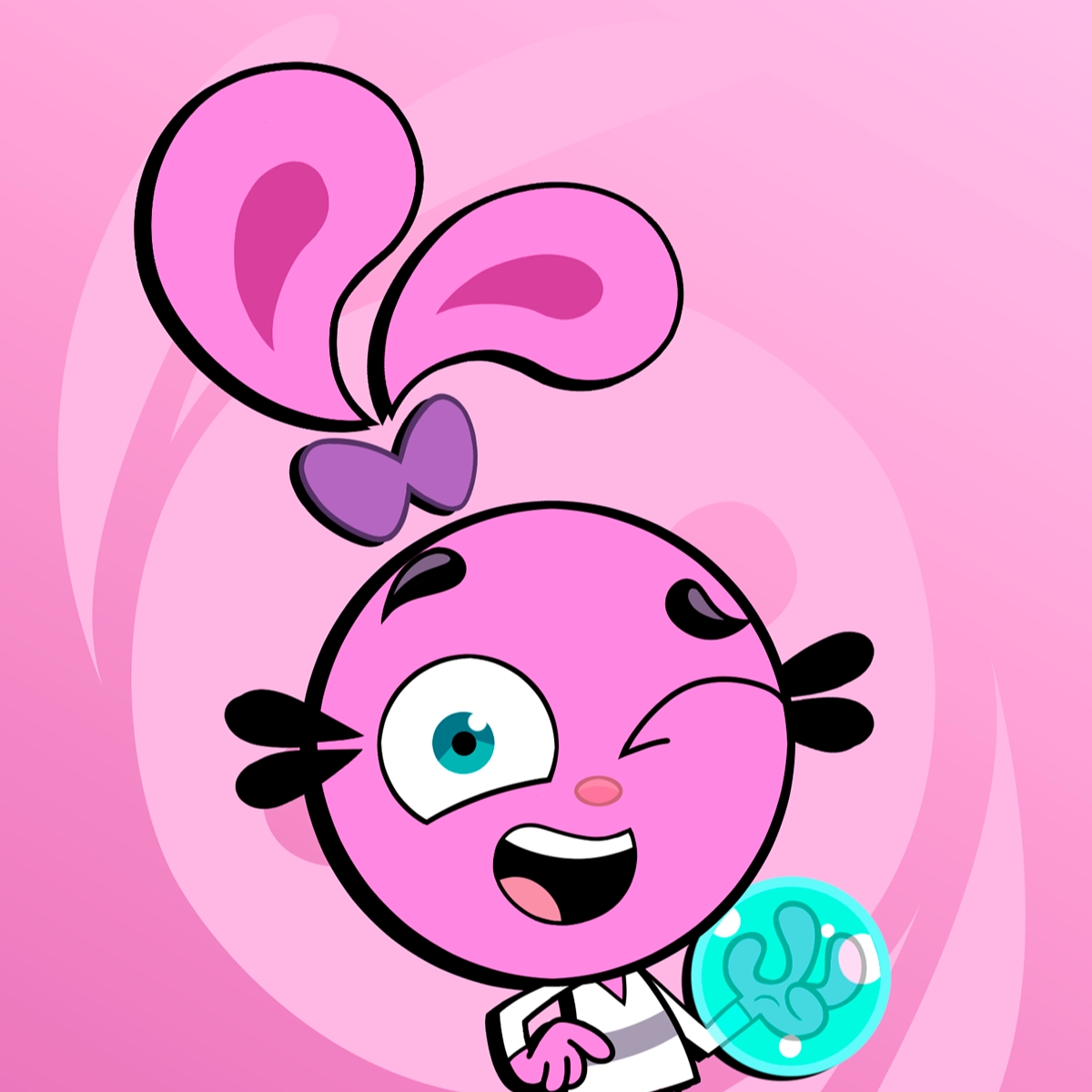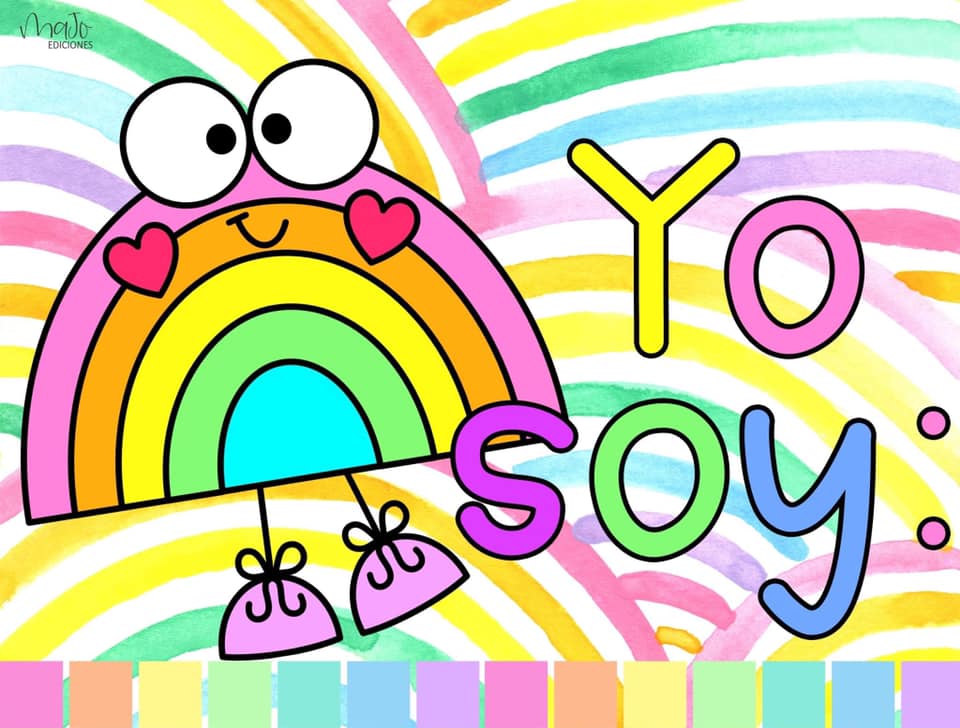The Chilling Reality Of 'Yo Quería Agua': Unpacking Cartel Brutality
The phrase "yo quería agua," Spanish for "I wanted water," has become synonymous with one of the most disturbing and widely circulated videos on the internet, a harrowing testament to the extreme brutality of Mexico's drug cartels. This deeply unsettling recording, often referred to as the "quiero agua" video, exposes the horrific reality of cartel violence, particularly the ruthless tactics employed by the Jalisco New Generation Cartel (CJNG). Originating from the state of Michoacán, this viral content serves as a stark, unforgettable reminder of the human cost of the ongoing drug war, leaving an indelible mark on those who encounter it.
The infamous video, which gained notoriety across platforms like Twitter, Reddit, and even through veiled references on TikTok, depicts unimaginable torture and execution. It forces a confrontation with the darkest aspects of human cruelty, perpetrated by organized crime groups who seek to instill fear and assert dominance. Understanding the context, the perpetrators, and the victims behind "yo quería agua" is crucial not just for comprehending the depth of Mexico's security crisis, but also for recognizing the ethical implications of how such content spreads and impacts public consciousness.
Table of Contents
- The Genesis of a Nightmare: Understanding "Yo Quería Agua"
- The Jalisco New Generation Cartel (CJNG): Architects of Atrocity
- The Victim: The "Mexican Ghost Rider" and His Tragic End
- El Clown: The Face of Terror in Aguililla
- Michoacán: A Hotbed of Conflict and Cartel Power
- The Dark Web and Social Media: Amplifying Atrocities
- The Psychological Impact of Witnessing Extreme Violence
- Beyond the Screen: The Broader Implications of Cartel Propaganda
The Genesis of a Nightmare: Understanding "Yo Quería Agua"
The video known as "yo quería agua" emerged from the depths of Mexico's brutal drug war, quickly becoming a symbol of the unbridled violence that plagues certain regions. The title itself, translating to "I wanted water," refers to a chilling moment within the footage where the victim, undergoing unimaginable torment, desperately pleads for a sip of water in his final moments. This plea, a raw expression of human suffering, encapsulates the horror of the entire recording. The video reportedly shows the horrific torture before the execution of a man, allegedly skinned alive from his face. This level of depravity is not merely random violence; it is a calculated act designed to send a message, to terrorize rivals, and to assert dominance. The sheer graphic nature of the content ensures that it leaves a lasting, disturbing impression on anyone who views it, making it one of the most infamous examples of cartel-generated gore circulating online. Its virality, despite its horrific nature, underscores a morbid curiosity and the ease with which such content can proliferate across digital platforms, bringing the harsh realities of the Mexican drug war into homes worldwide.
- Hannah Palmer Husband
- If%C5%9Fa Sotew
- Harry Connick Jr
- Ripped Digital Chloe Kreams
- Ekaterina Gordeeva David Pelletier
The Jalisco New Generation Cartel (CJNG): Architects of Atrocity
The infamous "quiero agua" video is a grim testament to the extreme brutality of the Jalisco New Generation Cartel (CJNG), one of Mexico's most powerful and ruthless criminal organizations. The CJNG, led by Nemesio Oseguera Cervantes, alias "El Mencho," has a notorious reputation for employing extreme violence, including public executions, dismemberments, and the use of improvised explosive devices (IEDs), to assert control and intimidate rivals and authorities. Their modus operandi often involves creating and disseminating gruesome videos of their atrocities, using them as a form of psychological warfare. These videos serve multiple purposes: they instill fear in rival cartels and the local populace, demonstrate their absolute power, and can even act as a perverse recruitment tool for those drawn to such displays of force. The "yo quería agua" video perfectly aligns with the CJNG's established pattern of terror, showcasing their capacity for unimaginable cruelty and their strategic use of media to project their power far beyond their immediate operational zones. Their relentless pursuit of territorial control has turned states like Michoacán into brutal battlegrounds, where their influence is deeply felt by ordinary citizens caught in the crossfire.
The Victim: The "Mexican Ghost Rider" and His Tragic End
The victim in the "yo quería agua" video has become tragically known online as the "Mexican Ghost Rider." This moniker likely emerged due to the horrific nature of his torture, particularly the claim that he was skinned alive from his face, evoking imagery of the comic book character. The data indicates that this man was an inhabitant of the municipality of Cotija, in the state of Michoacán. He was kidnapped by CJNG hitmen, specifically commanded by 'El Clown', who was identified as the plaza boss of this cartel in Aguililla. His abduction and subsequent torture and execution are a stark illustration of the arbitrary and brutal nature of cartel violence, where individuals can become targets simply by being in the wrong place at the wrong time, or perceived as a threat by the dominant criminal group. The victim's desperate plea for water in his final moments humanizes the tragedy, making the horror of the situation even more palpable and unforgettable. His story, though largely unknown beyond the horrific video, represents countless others who have fallen victim to the drug war's relentless savagery, their lives tragically cut short by the relentless pursuit of power and control by criminal organizations.
Addressing Misconceptions: The Victim's Identity
One common misconception surrounding the "yo quería agua" video, which has circulated widely online, is the claim that the victim is a woman. This is explicitly stated to be untrue in the provided data. The victim, known as the "Mexican Ghost Rider," was indeed a man. Such misinformation can spread rapidly on the internet, further complicating the already sensitive and disturbing nature of the content. It highlights the challenges of verifying information in the digital age, especially when dealing with graphic and viral material. Correcting these inaccuracies is important not only for factual integrity but also to ensure that the focus remains on the true horror of the event and the real identities of those involved, rather than allowing misinterpretations to distort the narrative. The victim's identity as a male inhabitant of Cotija, kidnapped by the CJNG, remains the consistent and confirmed detail, reinforcing the factual basis of this tragic event and dispelling false narratives that can emerge around such viral content.
El Clown: The Face of Terror in Aguililla
The individual responsible for creating and orchestrating the horrific "yo quería agua" video is identified as the head of the local CJNG cartel organization, known by the chilling nickname 'El Clown'. This hitman, whose real name is reportedly Fabián Urbino Morales, was a feared and respected figure by the people of Aguililla, Michoacán. His reputation preceded him, as he was known to "come with all the evil to assassinate contras," meaning rival cartel members or anyone perceived as an enemy of the CJNG. The fact that 'El Clown' himself made the video underscores the cartel's strategy of using extreme violence as a tool for intimidation and propaganda. It's not just about eliminating rivals; it's about broadcasting that elimination to instill maximum fear and demonstrate absolute control. The moniker 'El Clown' itself adds a layer of macabre irony to his brutal actions, suggesting a twisted enjoyment or detachment from the atrocities he commits. His direct involvement in the creation of the "quiero agua" video cements his place as a key figure in the narrative of cartel barbarity in Michoacán, embodying the ruthlessness of the CJNG's operational tactics.
Michoacán: A Hotbed of Conflict and Cartel Power
The state of Michoacán, Mexico, serves as the grim backdrop for the "yo quería agua" video and countless other acts of cartel violence. This region is a strategic and highly contested territory for various criminal organizations, primarily due to its Pacific coast access for drug trafficking, its rich natural resources (such as avocados and iron ore, which cartels extort), and its complex terrain that provides cover for illicit operations. Michoacán has historically been a stronghold for different cartels, leading to persistent and brutal conflicts over control of routes, production, and local populations. The CJNG's presence in Michoacán, and specifically in areas like
- Mozambique Mobile Networks
- The Rookie Where To Watch
- Population Of Sunni In Iran
- Tony Green Net Worth
- The Fan Bus

14 Facts About Yin (Yin Yang Yo!) - Facts.net

YO SOY (2) - Imagenes Educativas

YO-KAI WATCH, Vol. 21 | Book by Noriyuki Konishi | Official Publisher